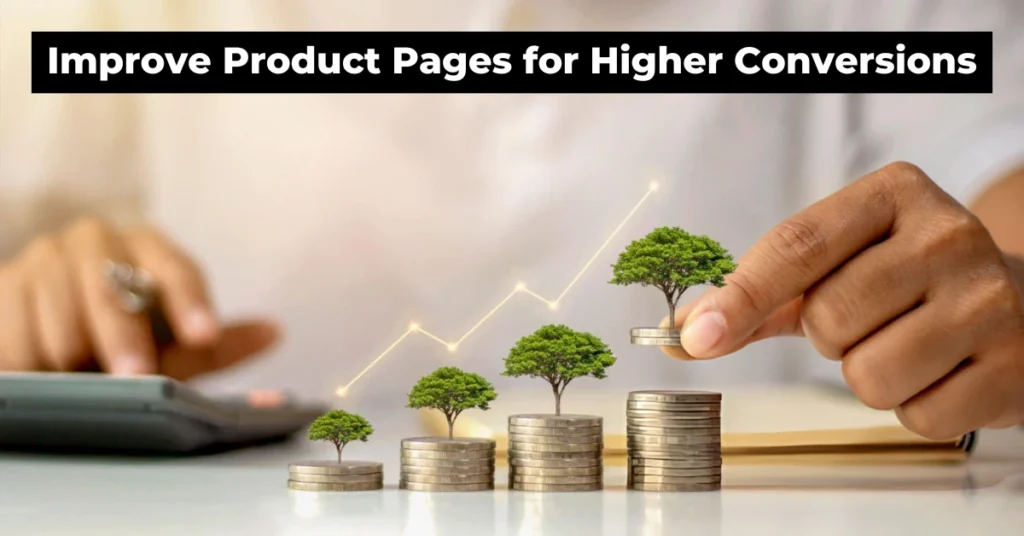When it comes to Shopify website development, most people recognize Shopify as the go-to platform for building an online store. While alternatives like BigCommerce offer similar capabilities, Shopify remains the top choice due to its brand recognition, vast app ecosystem, and ease of use. However, simply setting up a Shopify store isn’t enough—you need a well-optimized website that attracts traffic, converts visitors, and scales efficiently. The following tips will help you build a high-performing e-commerce site.
Choose the Right Shopify Theme for Performance and Aesthetics
Your Shopify store’s theme is the first impression customers get of your brand. The right theme should offer:
- Mobile responsiveness: With mobile shopping on the rise, your store must look great on all devices.
- Fast load speeds: A slow site leads to higher bounce rates and lost sales.
- Customization options: A flexible theme lets you tweak designs to match your brand.
- SEO-friendly structure: Choose a theme optimized for search engines.
Shopify provides both free and paid themes, but if you want a truly customized look, professional Shopify web design services can help tailor your theme to boost engagement and sales.
Also Read, Elevate Your Online Presence With Professional Shopify Website Development Services
Optimize Your Shopify Store for Speed
Speed is a critical ranking factor for search engines and an essential element of user experience. Here’s how to make your Shopify design & development optimized for performance:
- Compress and resize images without losing quality.
- Remove unnecessary Shopify apps that slow down loading times.
- Use Shopify’s built-in Content Delivery Network (CDN) to distribute content faster.
- Minimize coding bloat by choosing lightweight themes and clean scripts.
Leverage Shopify Apps—But Wisely
Shopify’s massive app ecosystem is both a blessing and a challenge. While apps extend your store’s functionality, excessive use can slow it down and increase costs. Essential apps for Shopify online store development include:
- SEO optimization apps to improve rankings.
- Abandoned cart recovery tools to boost conversions.
- Customer review apps to build trust.
- Email marketing integrations for remarketing efforts.
Be strategic—only install apps that provide real value, and periodically audit your store to remove unused ones.
Improve Product Pages for Higher Conversions

- Using high-quality product images with zoom functionality.
- Writing engaging, SEO-friendly product descriptions with relevant keywords.
- Adding trust-building elements like customer reviews and testimonials.
- Featuring clear call-to-action (CTA) buttons like “Buy Now” or “Add to Cart.”
Streamline the Checkout Process
A complicated checkout process leads to abandoned carts. Simplify it by:
- Enabling guest checkout to remove registration barriers.
- Offering multiple payment options, including digital wallets.
- Displaying trust badges to reassure security-conscious buyers.
- Keeping forms short and requesting only essential information.
Implement SEO Best Practices for Shopify
SEO plays a massive role in driving organic traffic. For effective Shopify website development, focus on:
- Keyword optimization in product titles, descriptions, and URLs.
- Writing compelling meta titles and descriptions.
- Using alt text for all images to enhance searchability.
- Creating valuable blog content around your niche to attract search traffic.
- Securing backlinks from authoritative sites to boost domain authority.
Optimize for Mobile Shopping
With mobile commerce booming, your store must cater to smartphone users. Here’s how to optimize your Shopify online store development for mobile:
- Choose a mobile-optimized Shopify theme.
- Use responsive design that adjusts to different screen sizes.
- Keep navigation simple with an intuitive interface.
- Ensure fast load times by minimizing unnecessary elements.
Also Read, Shopify Website Development: How To Create An Online Store That Converts
Invest in Shopify Security and Trust Elements
Shoppers need to feel confident when making purchases on your site. Enhance security by:
- Using SSL certificates to encrypt transactions.
- Displaying customer reviews and ratings for transparency.
- Clearly outlining return and refund policies.
- Providing reliable customer support via live chat or email.
Monitor and Continuously Improve Your Shopify Store
The best Shopify website development strategies involve continuous improvement. Regularly monitor and test:
- Site analytics using Google Analytics or Shopify’s built-in reports.
- A/B testing for CTAs, product pages, and checkout layouts.
- User feedback to identify friction points.
- SEO performance to refine keyword strategies.
Also Read, Shopify Development Services: Top Benefits To Outsourcing Shopify Web Development
FAQs
Final Thoughts
Implementing these Shopify website development strategies ensures your store is fast, user-friendly, and optimized for sales. If you’re serious about growth, consider working with Virtual Oplossing, a pioneer in Shopify design & development. Let us be your trusted partner in building a high-converting, profit-generating online store! Get in touch today.
Copyright: All rights reserved. Unauthorized reproduction or distribution of any content on this site is prohibited. For permissions, please contact info@virtualoplossing.com.

